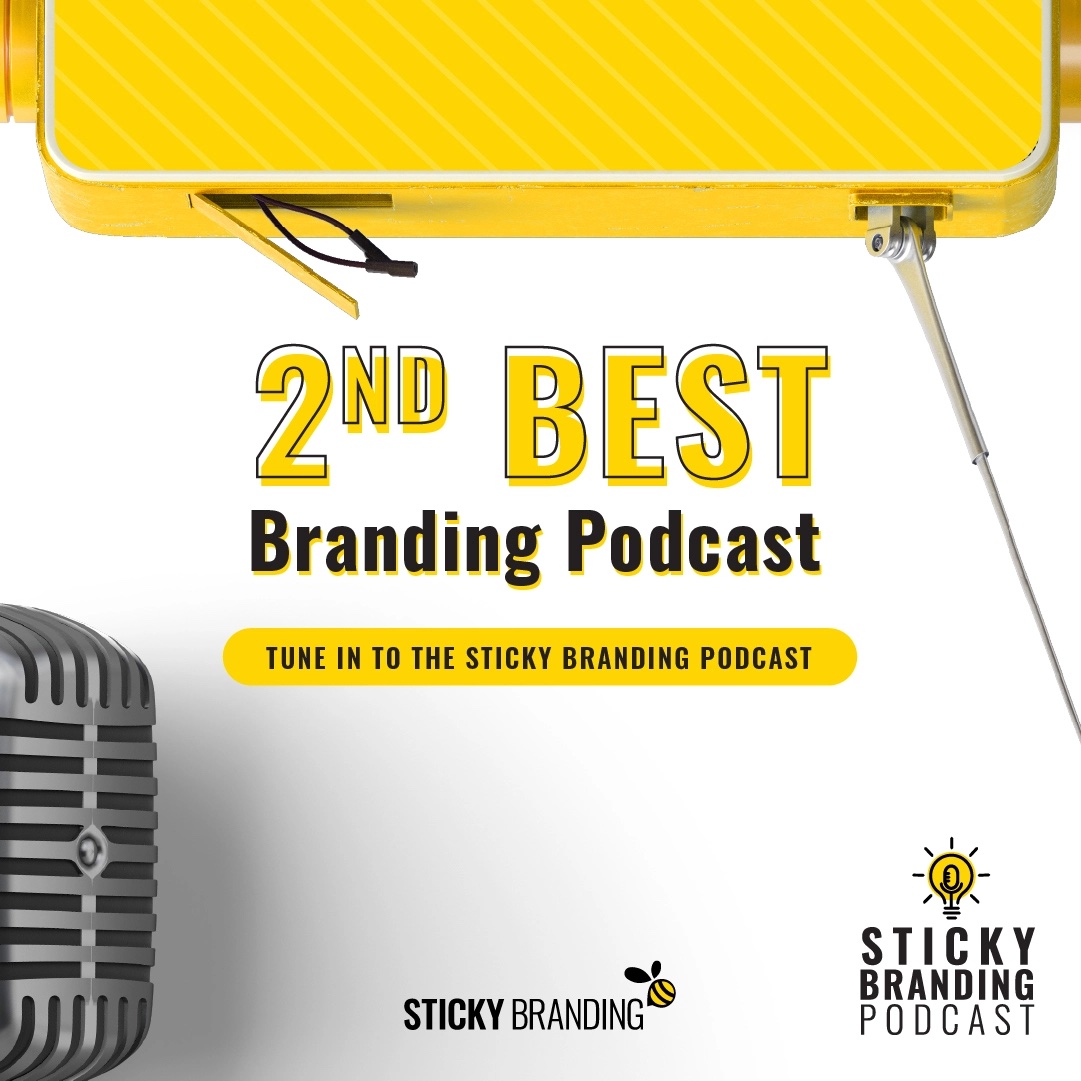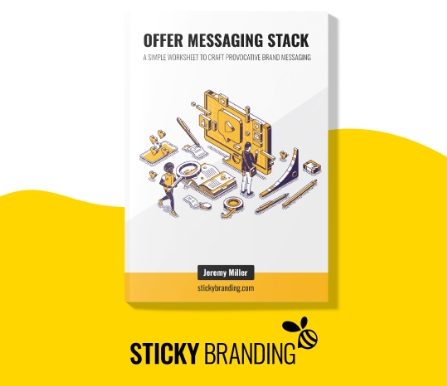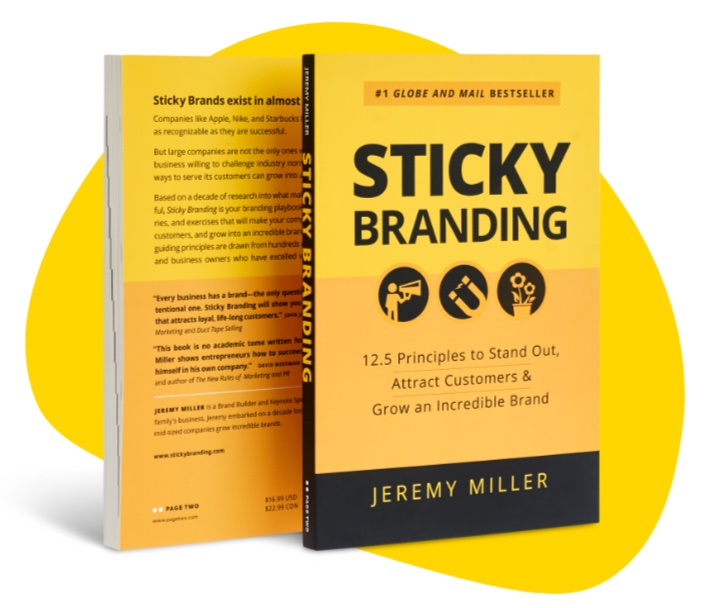Having the “wrong people” on your team is like driving on bald tires. It doesn’t matter how hard you step on the gas, you just can’t seem to get traction.
It cannot be overstated how important it is to have the right people on your team. Having the “right people” can be the difference between achieving your business objectives and missing them.
As Jim Collins wrote in Good To Great, “Those who build great companies understand that the ultimate throttle on growth for any company is not markets, or technology, or competition, or products. It is one thing above all others: the ability to get and keep enough of the right people.”
Intellectually, all of this makes sense. We’ve all worked with employees and teammates that were not a fit and dragged down everyone around them. But as a manager, how do you know if someone is the right fit or not?
Spotting the bad employees or the great employees is easy. You can easily quantify someone who is in the top 15% or the bottom 15%, but what about the more nuanced cases:
- Has a lot of potential and is a cultural fit, but is not performing well in their job.
- Performs effectively on some days, and is a problem other days.
- Is a top performer, but is a debutante that doesn’t align with the values or culture.
It’s in this middle ground that many managers struggle. How do you follow through with Jim Collin’s advice? “Get the right people on the bus, the wrong people off the bus, and the right people in the right seats.”
This is where many managers start to throw their hands up in frustration, “I get it, but how?”
The process doesn’t have to be theoretical or complicated, but it does take a little analysis. Try this exercise to determine who are the right people and if they’re in the right seats.
Evaluate If You Have the Right People in the Right Seats
For each member of your team ask the following three questions:
- Performance: Are they achieving their goals and expectations?
- Capabilities: Do they have the skills and capabilities to be successful?
- Culture: Do they share and adhere to the values and beliefs of your organization?
For each question you can respond with yes, no, or maybe. If you’re not sure or if you’re on the fence, mark them down as a maybe.
If you mark no or maybe on Performance study your responses against Capabilities and Culture:
- Cultural Gap: If you find an individual doesn’t fit your organization’s culture or core values, chances are that person cannot be saved. You can train for skill or move a person to another position, but you can’t save someone who doesn’t share your company’s values.
- Capabilities Gap: If there is a skills gap you may be able to save the person. Use these moments to study the person and the job and determine if you can help bridge the gap. Many times we can make small tweaks or changes to help get a person up to speed.
Work Ethic
The most frustrating group of people are the ones with the Capabilities and Cultural Fit, but they lack the work ethic. You know they can perform the job, but for whatever reason they don’t.
I am a big proponent of effort. Great results come from hard work.
If your team is known for putting in the hours and following through on their commitments this is a core value. When someone doesn’t share that same work ethic it is holding you and your team back. That’s not fair.
Brilliant Jerks
The really hard case is when you have a top performer in Performance and Capability, but they are not a Cultural Fit. Reed Hastings, CEO of Netflix, calls these people “Brilliant Jerks.”
Brilliant Jerks are high-performing, valuable members of your team, but they’re toxic. They can be aggressive, stubborn, unapproachable, passive aggressive, disrespectful, and argumentative. They’re no joy to work with.
Brilliant Jerks tend to emerge in key roles such as sales or engineering. People tolerate their bad behavior because they deliver such incredible results, but you have to ask at what cost?
Brilliant Jerks are cancerous. Even though their individual performance is impressive they hold your team back and create a toxic work environment.
It’ll be painful, but they’ve got to go.
Set a Plan and Act
It’s inevitable. You will have people on your team that are not performing up to your expectations. The key is how you will respond.
My management philosophy has two parts:
- You can’t accept people who are not a cultural fit, even if they’re a top performer. They either have and share the company’s core values, or they don’t.
- Do everything you can to develop people who are lacking in skills and capabilities, but a business is not a charity. Create a 30 to 180 day development plan and work closely with these people to get them up to speed, but recognize at some point they may not work out.
It’s never easy, but when you find someone who is not a fit you have to be decisive. The longer you procrastinate on dealing with a misaligned person the worse it gets.
The Manager’s Job Is Never Done
It’s possible to drive a car with bald tires, but it’s not every efficient. You slip around if you corner too quickly. You lose traction if you step on the gas. And you can get in an accident when faced with unforeseen road hazards.
This is a good metaphor for what it’s like working with the wrong people. You may get where you want to go, but it takes a lot more effort to do it.
Working with the right people makes your job so much easier. The challenge is it’s an ongoing process, especially in a rapidly growing or evolving company. Your team is under constant pressure to perform and change with the needs of the business, and this means you have to review your team’s performance and fit on a regular basis.
Start with the three questions:
- Are my people achieving their goals and expectations?
- Do they have the skills and capabilities to be successful in their jobs?
- Does each member of the team share and adhere to the core values and beliefs of our organization?





